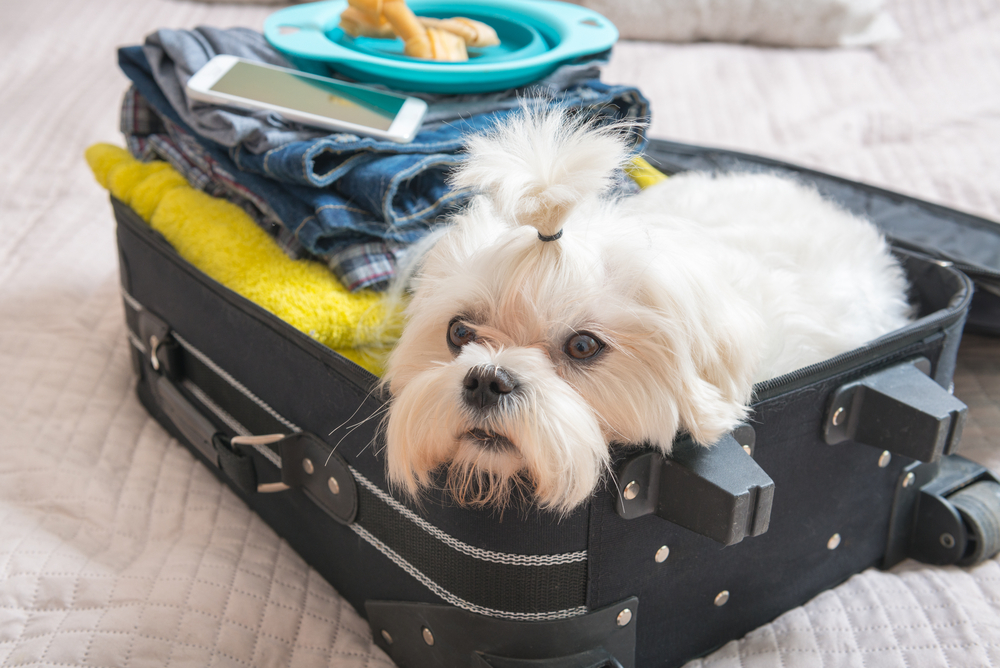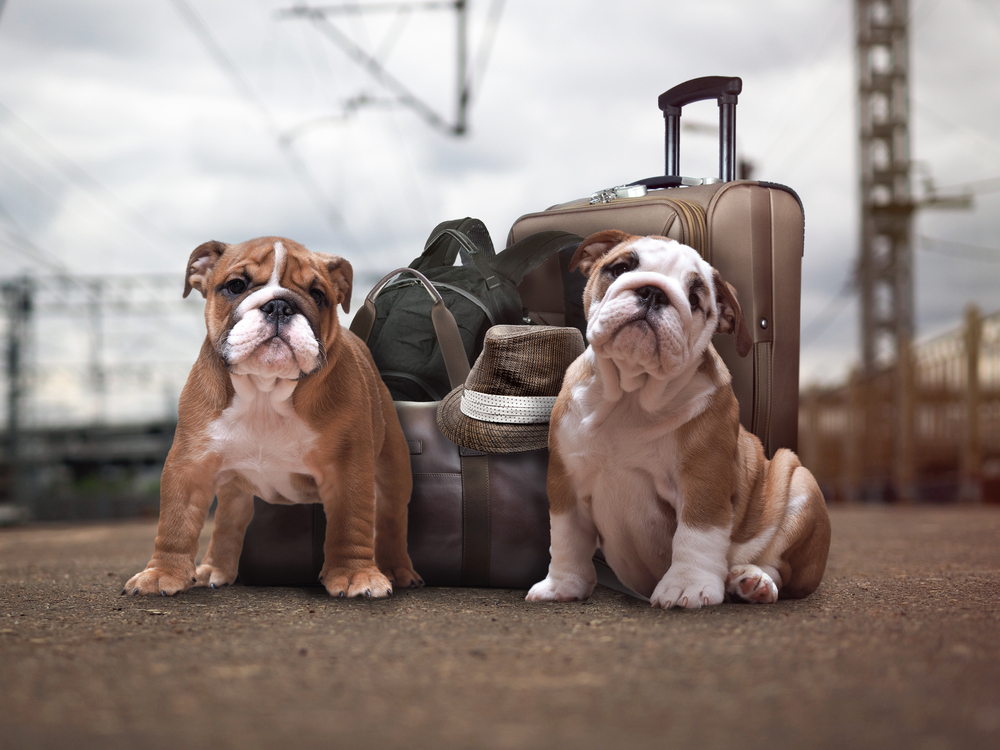You know what they say: “Everything’s bigger in Texas.” Well, we don’t know if EVERYTHING is bigger, but we do know it’s the largest of the 48 contiguous states, it’s the home of one of the largest hat factories (Stetson) in the country, and it has an abundance of dog-friendly places for your whole family to explore.
There’s no reason to leave your four-legged family member at home when you plan an excursion nowadays. Thanks to recent changes in the tourism industry, many hotels, restaurants, and venues now cater to families with pets. So, if your wanderlust is taking you to the Lone Star State, check out the following dog-friendly spots in Texas.

Best places to visit in Texas with dogs
Fire Museum of Texas, Beaumont
Aspiring firefighters of all ages will love visiting this hands-on museum. There’s literally something for the whole family. Adults will appreciate the antique engines and firefighting equipment that dates back to the 1800s. Kids will have fun dressing up as firefighters and driving the fire engine simulator. Make sure to get a photo op with your dog beside the (formerly) world’s largest working fire hydrant, a gift to the City of Beaumont by the Walt Disney Company for the rerelease of their animated movie 101 Dalmatians. Leashed dogs are generally welcome inside the museum, too, excluding special-event days.
BayWatch Dolphin Tours, Galveston
This family-owned and operated business has been serving the Galveston and Houston area since 2005. The 45-minute, educational tour of the harbor is open seven days a week year-round weather permitting, and there’s no admission fee for children under 12 and family pets.
LBJ National and State Historic Park, Stonewall
Pets aren’t permitted in any of the buildings in the LBJ National and State Historic Park; however, they can accompany their owners on the Johnson Settlement Trail and the LBJ Ranch as long as they are on leashes.
The park bears the name of our 36th president and offers visitors a look at a real working Texas-German farm. There are no entrance fees, and the trails, which are populated by bison, longhorns, running creeks, and wildflowers, are open until dark.

Barking Springs, Austin
Unlike the strict “no dog” policy at Barton Springs, this small wading area just east welcomes dogs of all shapes and sizes. While the fenced-in Barton Springs area charges admission and is patrolled by lifeguards, the swimming hole on the other side of the fence does not. Once you see the diversity of humans and dogs playing together in the spillway water, you’ll understand why it’s affectionately called Barking Springs.
Mutt’s Canine Cantina, Dallas and Fort Worth
This off-leash dog park offers pups a place to frolic while their humans supervise from the comfort of the patio and beer garden. A membership is required; however, day passes are available for well-behaved dogs with current vaccinations.
Six Car Pub & Brewery, Amarillo
Speaking of having a drink (we were, right?), your leashed pup is also welcome on the patio of many local breweries, including the Six Car Pub & Brewery in Amarillo. The whole family can enjoy good food here. On Friday and Saturday nights, their rooftop bar stays open until midnight. Adults can enjoy craft beer made on-site and guest beers, along with a selection of cider, mead, and wine.
Call before you go
As you can see, there’s no lack of pet-friendly places in Texas to visit, but it’s always a good idea to phone ahead to confirm availability and current pet policies before you head out the door. And if you plan on visiting any dog parks or day care facilities while you’re there, make sure your pup is up to date on all his vaccinations and that you are aware of any additional fees or deposits each facility or attraction may require.
Then, all that’s left to do is enjoy your vacation! The best part of taking your dog along is that you won’t miss him while you’re away. Plus, true to its motto of friendship, Texas ranked fourth in the nation in 2019 for being one of the friendliest states. It might take a little more planning to find dog-friendly accommodations wherever you go, but from what we gather, the adventures you’ll share and the other dog people you’ll meet are well worth the effort.
Editors' Recommendations
- Are ‘dog years’ really 7 human years? How to calculate your dog’s age
- Looking for signs your dog has ticks? These telltale symptoms mean you have a flea or tick problem
- When do kittens start eating food? Know the facts for your fur baby’s health
- When can kittens leave their mom? Don’t separate them too early
- Pet-safe pest control: This genius technique will get rid of pesky ants



